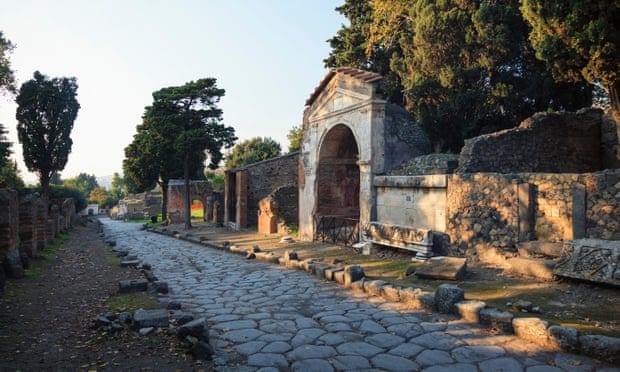Inscription suggests Mount Vesuvius erupted weeks later than previously thought
A newly-discovered inscription at Pompeii proves the city was destroyed by Mount Vesuvius after 17 October AD79 and not on 24 August as previously thought.
Archeologists recently discovered that a worker had inscribed the date of “the 16th day before the calends of November”, meaning 17 October, on a house at Pompeii, the head of archeology at the site, Massimo Osanna, told Italian media.
Pompeii and Herculaneum were previously thought to have been destroyed by the massive eruption of Mount Vesuvius on 24 August, based on contemporary writings and archeological finds.
Nevertheless, evidence such as autumnal fruits on branches found in the ashen ruins had suggested a later date since the 19th century, Osanna said.
“Today, with much humility, perhaps we will rewrite the history books because we date the eruption to the second half of October,” said Italy’s culture minister, Alberto Bonisoli.
Pompeii is the second most-visited tourist site in Italy, after the Colosseum in Rome, with more than 3 million visitors in the first eight months of this year.

